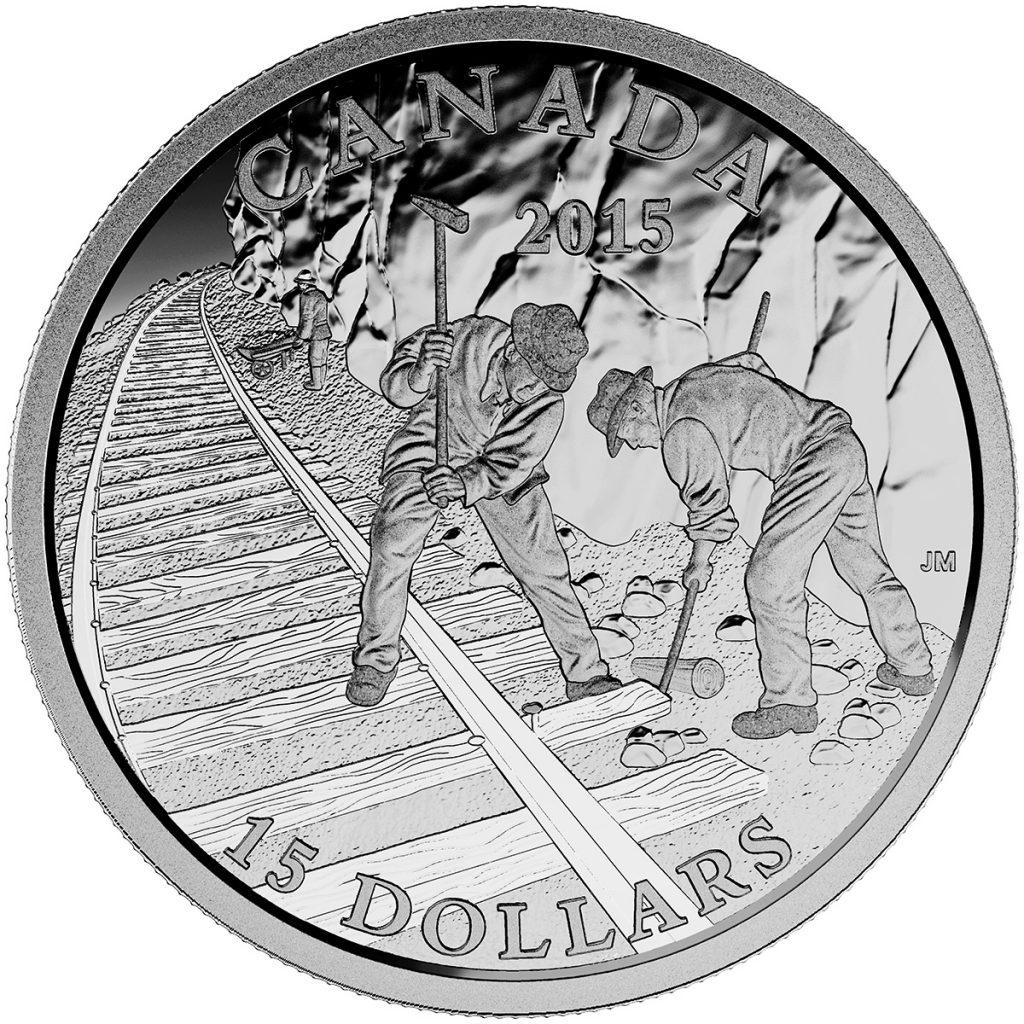On today’s date in 1898, the Canadian Pacific Railway (CPR) bought the narrow gauge Columbia and Western Railway, which ran through southern British Columbia and would help preserve Canadian sovereignty.
The Columbia and Western Railway was built two years earlier by F. Augustus Heinze, a Montana mining promoter who later ran into financial troubles.
On Feb. 11, 1898, Heinze sold the Columbia and Western Railway and its land grant – plus his smelter at Trail Creek Landing on the Columbia River – for $806,000.
“Ironically, as the unwanted smelter developed and purchased more mines in other regions of the province, the railroad became an important part of the operation,” reads an article entitled “Rossland: The Early Years of the Golden City” by the Royal BC Museum.
“It was needed to transport raw ore from these distant mines to the smelter for refinement. Both the railroad and the smelter prospered. The Trail smelter became one of the jewels in the C.P.R. empire.”

The Columbia and Western Railway laid tracks at the Laurier-Cascade border crossing, which connects Christina Lake, B.C., with Kettle Falls, Wash., in 1899. The stop was known as Cascade Station.
ENCROACHING U.S. INFLUENCES
After silver was discovered in southern British Columbia in the late 1800s, thousands of Americans rushed in and assumed control of the area.
The U.S. miners used the faster and more-affordable NPR, which transited through Spokane, to move to and from the area more quickly and for less money than Canadians could ever hope—that is, without a railway of their own.
Eventually, without quick and easy access for Canadians, southern British Columbia essentially became a commercial extension of the United States.
Canadian officials determined a second railroad was required to help maintain Canadian sovereignty and keep mining revenues within Canada.

A 2015 $20 Fine silver coin, ‘Transcontinental Railroad,’ is one of four coins from ‘The Canadian Home Front’ series.
THE KVR
The CPR merged the Columbia and Western with its Kettle Valley Railway (KVR), which was built to compete with the U.S. Northern Pacific Railroad (NPR).
The KVR portion of the CPR was one piece of a monumental project. It took nearly two decades to complete, with costs soaring above $20 million, as labourers worked through two mountain ranges to complete the transcontinental railway that eventually united Canada.
‘BUILDING THE CP RAILWAY’
In 2015, the CPR was featured on two Fine silver coins marking the 120th anniversary of the historic railway.
One of the coins, a $15 piece entitled “Building the Canadian Pacific Railway,” was from the 10-coin “Exploring Canada” series.
Its reverse design, by Canadian artist John Mantha, pays tribute to the 30,000 workers who helped complete the transcontinental railway project with a scene embodying the arduous nature of laying railroad tracks through the mountains. Two navigators are driving a spike while another worker hauls gravel to fill the gaps between railway ties.
This coin has a weight of 23.17 grams and a diameter of 36.07 millimetres.
‘TRANSCONTINENTAL RAILROAD’
Another $20 coin, this entitled “Transcontinental Railroad,” was issued as part of the “Canadian Home Front” series.
Its reverse design celebrates Canada’s railways and their involvement in Canada’s war effort. Leading with its smokebox and pilot, a 4-6-2 “Pacific” steam locomotive is the central focal point as it moves along its rails and appears to emerge.
Behind the locomotive are a series of passenger cars filled with Canadian soldiers; this “troop train” is transporting Canadian soldiers to the training camp at Valcartier, Que., as part of their journey to the battlefields of Europe.
In the background, an engraved map of eastern Canada highlights the railway lines that would have been used as part of this journey—those of the Grand Trunk Railway and part of the National Transcontinental Railway, which served as vital links between Canada’s large cities (highlighted by dots) and the ports along Canada’s East Coast.
This coin has a weight of 31.39 grams and a diameter of 38 millimetres.

